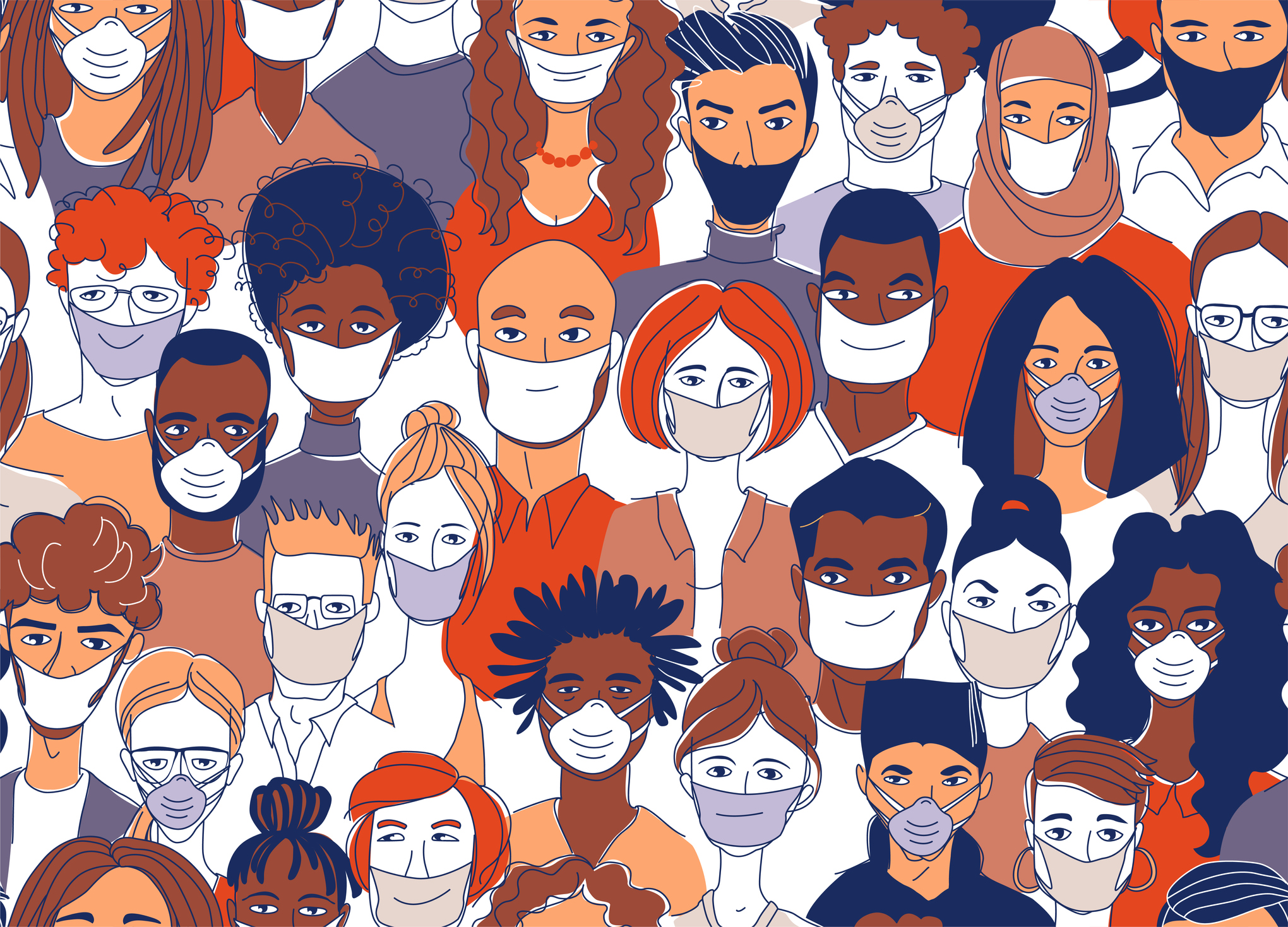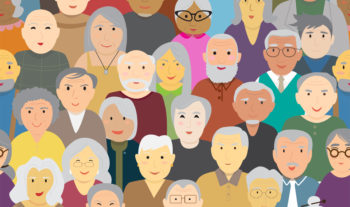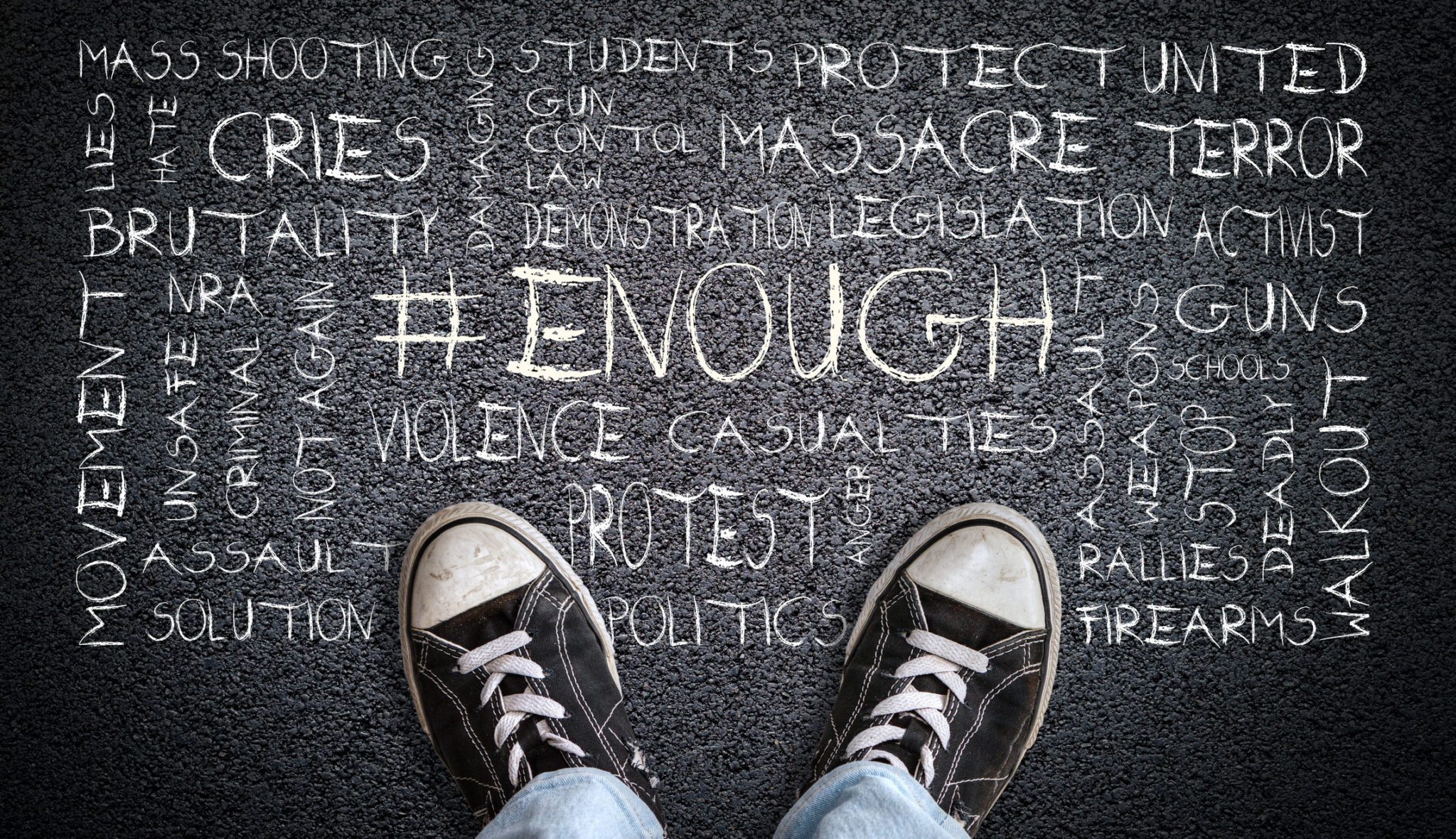Once the winds stopped blowing and the rains had ceased, many people who lived through monster storms like Katrina faced staggering losses and severe disruption of their lives. They were also challenged by mental health issues after the storm was over. These included anxiety, depression, and post-traumatic stress disorder (PTSD) brought on by or exacerbated by the disaster.
Thanks to long-term studies of Hurricane Katrina survivors, we know a lot more about the mental health effects of living through catastrophic storms and their aftermath.
The studies, known as the Resilience in Survivors of Katrina Project or RISK, are unique in disaster research because the researchers had fortuitously collected baseline data on the study subjects before Katrina struck.
The RISK studies of mental health after a disaster
In 2004, a year before the hurricane, the researchers obtained funding to look at whether performance-based scholarships would help young low-income New Orleans single parents enrolled in community college increase their health and well-being.
Baseline demographic, socioeconomic, and health information, including information on economic status, social support, physical and mental health, were collected on all 1,019 participants in the study.
Because there were only 77 men in the original sample, the analysis was limited to the female participants (N=942). By the time the hurricane struck, 492 of them had completed a 12-month follow-up survey.
The original study had to be abandoned because of Katrina. However, the researchers refocused their efforts to learn how survivors of the disaster had fared.
Between 2005-2006, they were able to locate and telephonically survey 402 of the 492 for whom they had complete data. They asked them the same questions that were in the pre-disaster survey. In addition, they collected detailed information about the survivor’s hurricane experiences. And they included measures of post-traumatic stress disorder (PTSD).
Participants were resurveyed again in 2010. Importantly, the research is still on-going and has spawned a number of important peer-reviewed research papers.
The prevalence of mental health conditions after the Katrina disaster
All of the study participants were affected by the storm. Eighty percent had severe home damage and one-third experienced the death of a family member or friend.
Although 85% were evacuated, those that remained experienced the worst of the storm’s aftermath. They were trapped in their homes or stuck in what the researchers describe as “the hellish environments of the Superdome or the Convention Center.”
The researchers found that at the time of the first post-Katrina survey, almost half (47.9%) of the women were found to have probable PTSD. The prevalence of mild to moderate illness (MMI) or serious mental illness (SMI) rose significantly from the baseline of 23.3% to 37.2%. The prevalence of probable serious mental illness (SMI) doubled from 6.9% to 13.8%.
Other mental health findings after Katrina
When the researchers controlled for pre-existing mental health issues, they found that the post-storm impact on mental health impact (MMI/SMI) was reduced by about 20%. However, the impact on PTSD was not affected.
Another important finding was that only ~9% of those with mental health problems reported seeing a mental health professional in the year after the hurricane. That included 15% of those with MMI and 16% with SMI.
Not surprisingly, people who had higher baseline resources (e.g., social support, owning a car) experienced fewer hurricane-associated stressors, such as unemployment and separation from family and friends.
However, participants who did experience the worst of the storm-related traumas, such including
- being trapped in their houses
- seeing people die
- living through the nightmare of the convention center
were at high risk of developing SMI or probable PTSD, even if they had better baseline resources.
Mental health 10 years after the Katrina disaster
Surveys taken 10 years after Katrina revealed that some people had improved. However, they were still not back to pre-storm levels of mental health.
Almost 30% of the participants still met the criteria for probable mental illness. One-third still had symptoms suggestive of probable PTSD. This represented a decline from the peak rate of 36%. However, it is still higher than the pre-disaster level of 24%.
Survivors who had a full return to their pre-hurricane function were found to have had low levels of baseline psychological distress. Their symptoms increased at year one and then returned to baseline at the ten-year mark. These people were said to have fit into what the researchers termed a resilient trajectory.
Some survivors experienced post-traumatic growth
Some people went beyond resilience and actually reported post-traumatic growth (PTG). They felt that they were stronger, more spiritual, and had a greater appreciation for life as a result of having survived the disaster.
Interestingly, PTG was strongly and positively associated with having had high levels of PTSD at both post-Katrina follow-ups. The reason for this finding is not known.
A sense of community turned out to be an important protective factor. For example, one congregation moved together from New Orleans to Houston. This allowed them to maintain important relationships even though their surroundings were unfamiliar.
People who were displaced sometimes decided to return to New Orleans even if their living circumstances were better in their new communities. They did so because they missed their family, friends, and neighbors. In some cases, they did it because they preferred to live in a majority-black neighborhood as opposed to the more racially diverse neighborhoods of their new communities.
Lessons about mental health for future disaster responses
The RISK project is providing a rich body of scientific literature that should be used to guide how we respond to hurricane disasters that occur in the future.
Relatively simple changes, such as evacuating neighbors to the same shelters can provide a sense of belonging. This can offset, to some degree, the anxiety created by the sudden loss of so much in their lives.
Calling on mental health providers to volunteer their services early on via in-person, telephonic, or video conferencing means can provide a bridge until more permanent mental health interventions can be arranged.
It is my hope that we will learn from our past mistakes and will plan for better responses in the future. The planning should not just focus on physical infrastructure changes (building codes, dam reinforcement, banning reconstruction in certain high-risk areas). It must include planning for post-disaster physical and mental health services as well.
Thanks to the RISK studies, we know a lot about mental health after hurricanes. However, we must find the collective will to do what it takes to ameliorate the factors that exacerbate mental health problems. We must also reinforce the things that foster resilience and post-trauma growth.
Further reading:
Waters, Mary C. Life after Hurricane Katrina: The Resilience in Survivors of Katrina (RISK) Project. Sociological Forum, 2016.
This story was first published on 9/17/17. It has been updated by the author for republication on 7/4/20.
Patricia Salber, MD, MBA
Website:
https://thedoctorweighsin.com
Patricia Salber, MD, MBA is the Founder. CEO, and Editor-in-Chief of The Doctor Weighs In (TDWI). Founded in 2005 as a single-author blog, it has evolved into a multi-authored, multi-media health information site with a global audience. She has worked hard to ensure that TDWI is a trusted resource for health information on a wide variety of health topics. Moreover, Dr. Salber is widely acknowledged as an important contributor to the health information space, including having been honored by LinkedIn as one of ten Top Voices in Healthcare in both 2017 and 2018.
Dr. Salber has a long list of peer-reviewed publications as well as publications in trade and popular press. She has published two books, the latest being “Connected Health: Improving Care, Safety, and Efficiency with Wearables and IoT solutions. She has hosted podcasts and video interviews with many well-known healthcare experts and innovators. Spreading the word about health and healthcare innovation is her passion.
She attended the University of California Berkeley for her undergraduate and graduate studies and UC San Francisco for medical school, internal medicine residency, and endocrine fellowship. She also completed a Pew Fellowship in Health Policy at the affiliated Institute for Health Policy Studies. She earned an MBA with a health focus at the University of California Irvine.
She joined Kaiser Permanente (KP)where she practiced emergency medicine as a board-certified internist and emergency physician before moving into administration. She served as the first Physician Director for National Accounts at the Permanente Federation. And, also served as the lead on a dedicated Kaiser Permanente-General Motors team to help GM with its managed care strategy. GM was the largest private purchaser of healthcare in the world at that time. After leaving KP, she worked as a physician executive in a number of health plans, including serving as EVP and Chief Medical Officer at Universal American.
She consults and/or advises a wide variety of organizations including digital start-ups such as CliniOps, My Safety Nest, and Doctor Base (acquired). She currently consults with Duty First Consulting as well as Faegre, Drinker, Biddle, and Reath, LLP.
Pat serves on the Board of Trustees of MedShare, a global humanitarian organization. She chairs the organization’s Development Committee and she also chairs MedShare's Western Regional Council.
Dr. Salber is married and lives with her husband and dog in beautiful Marin County in California. She has three grown children and two granddaughters with whom she loves to travel.


















Comment will held for moderation